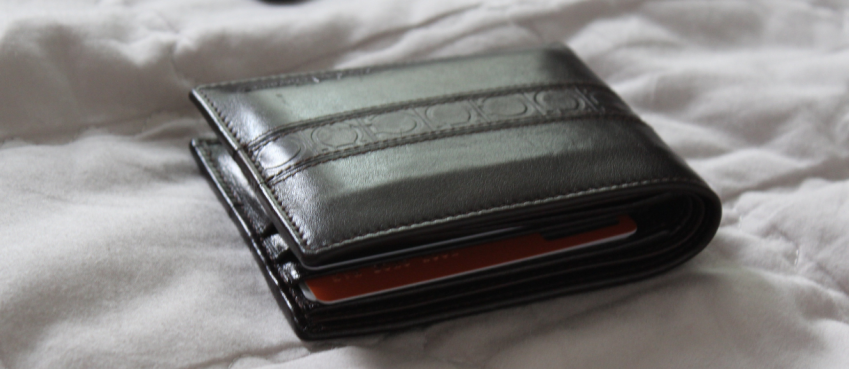
Preparation is key for a successful video project. Without it, you run the risk of delaying production, missing key shots, or even running into legal issues. To keep your video or film production running smoothly, we will outline some key factors, such as creating a call sheet, keeping your cast and crew well informed, and knowing the differences between commercial use and non-commercial use of copyrighted material. Keep these tips in mind, and you’re well on your way to smooth, hiccup-free production.
The Importance of Call Sheets
A call sheet is your best organizational tool and the product of good planning. Your call sheet is an all-in-one information source, a daily game plan, for where the cast and crew need to be on any given day. It will list the scene’s name, what time it starts and ends, who is in it, what props or the wardrobe they’ll need, and contact information for key production staff. Finding a free call sheet template online is easy, and there are many resources available. A simple call sheet template is fine as long as it fits your needs for production. Keep it simple, but be sure to include all the necessary information.
Production can move quickly on set, and if everyone isn’t aware of their specific responsibilities and when they’re needed on set, things can go downhill fast. For this reason, it’s essential that every cast and crew member has a copy of the call sheet and knows where they need to be and when. Note: timing is vital! Make sure call times are accurate for all cast and crew to avoid any timing issues.
The most important aspect of your call sheet is the shooting schedule. In general, it lets everyone know what scenes are being shot, when, and in what order. You may even want to include some simple storyboards to assist your Director of Photography and any camera operators.
For complex shots, further planning may be needed, such as diagrams or even 3D animatics.
Pro tip: Make a note on your call sheet of any potential hazards onset, such as low ceilings, small spaces, or bad weather conditions. This will help keep your cast and crew safe while shooting.
Also read: Best 10 Semrush Alternative For 2025 (Free & Paid)Keep Your Crew Members Informed
The evening before each day of shooting, the production assistant should send out an email with the day’s call sheet attached. This way, everyone has time to review their schedule and make any necessary changes. Of course, make sure any major changes are approved by all the crew chiefs to make sure everyone is on board. You may also want your call sheet to be in PDF format so that it cannot be easily edited. If printed, make sure you have one call sheet per person. Your call sheet template should also have room so that the cast and crew can make notes if necessary.
The production assistant is responsible for keeping everyone on schedule, so make sure the PA knows the call sheet like the back of their hand. They should be able to answer any questions that come up and keep everyone on track throughout the day.
Your call sheet should also include health and safety information, such as the name and location of the nearest hospital. Be sure to also include phone numbers for police, fire, and any other emergency contacts that may be necessary. Should the unexpected happen, you want to ensure your crew knows what to do next.
Another key thing to remember: be flexible. Flexibility is crucial on set because things always come up, and changes almost always need to happen. Allow wiggle room for scenes and shots that may need extra care and attention because it can be difficult to take into account every variable when onset. A good call sheet will allow ample time for set-up without sacrificing efficiency.
Understand the Difference Between Commercial and Non-Commercial Use of Copyrighted Material
It’s important to know the difference between commercial use and non-commercial use of copyrighted material before you start shooting. If you’re planning on using any copyrighted material in your production, such as music, images, or other video footage, you need to get permission from the copyright holder first by acquiring the proper license. Otherwise, you could be opening yourself up to unwanted litigation.
There are two types of copyrighted material: commercial and non-commercial. Commercial copyrighted material is owned by someone with the intent to make money from it, while non-commercial copyrighted material is generally created for artistic or personal reasons. If you’re using commercial copyrighted material in your production, you’ll need to get permission from the copyright holder to keep things legal. This usually involves acquiring a license, which, while necessary, can be expensive.
However, if you’re using non-commercial copyrighted material in your content creation, you don’t need to get permission from the copyright holder as long as you aren’t making a profit from it. There are some exceptions to this rule, so be sure to do your research before you start shooting. Of course, most productions are for commercial purposes, so you will need to ensure any use of copyrighted material is approved ahead of time.
In Conclusion
When planning your next video or film production, you’ll find the most vital aspect is planning and preparation. A complete and accurate call sheet is your best friend and will keep all your cast and crew well informed and on the same page. Make sure to include all the necessary information, and be sure to understand the difference between commercial and non-commercial use of copyrighted material. Keep your shooting schedule tight enough to keep efficient, but always be sure to allow a little extra time when it’s warranted, such as on complex scenes and shots. Your crew will be thankful! You’ll see that with careful planning, you can help foster a smooth day of shooting while avoiding any nasty surprises down the road.
Top 10 News
-
01
[10 BEST] AI Influencer Generator Apps Trending Right Now
Monday March 17, 2025
-
02
The 10 Best Companies Providing Electric Fencing For Busines...
Tuesday March 11, 2025
-
03
Top 10 Social Security Fairness Act Benefits In 2025
Wednesday March 5, 2025
-
04
Top 10 AI Infrastructure Companies In The World
Tuesday February 11, 2025
-
05
What Are Top 10 Blood Thinners To Minimize Heart Disease?
Wednesday January 22, 2025
-
06
10 Top-Rated AI Hugging Video Generator (Turn Images Into Ki...
Monday December 23, 2024
-
07
10 Top-Rated Face Swap AI Tools (Swap Photo & Video Ins...
Friday December 20, 2024
-
08
10 Exciting iPhone 16 Features You Can Try Right Now
Tuesday November 19, 2024
-
09
10 Best Anatomy Apps For Physiologist Beginners
Tuesday November 12, 2024
-
10
Top 10 Websites And Apps Like Thumbtack
Tuesday November 5, 2024







